On-Farm Assessment of Critical Soil Test P Values in Minnesota
Study author(s): Daniel Kaiser, University of Minnesota, Department of Soil, Water, and Climate
Years of study: 2010 – 2014
Location(s): Blomkest, Foxhome, Lamberton, New Richland, Rochester, Grand Meadow, Stewart, Staples, Preston MN
Important: for the complete report, including all tables and figures, please download using the link(s) to the right.
NOTE: Project Merged with Evaluation of Critical Potassium Levels in MN Soils in 2011
conclusions
The probability of response to phosphorus was greatest at when soil tested low. There was a high potential for a large increase in yield in Low testing corn and soybean fields and a moderate chance of a modest increase in yield in the Medium class. After two years of study the critical soil test level for P was found to be similar to current guidelines. However, more research sites would be beneficial to add to the data set. Critical soil test P levels were found to be higher than expected, however they were not different than for corn. If a grower were fertilizing based on a corn crop yield would not be reduced for soybean. At this time there is not enough data collected to determine critical soil test for K. Both P and K fertilizer application tended to increase P or K concentration in the grain. Phosphorus removal in the grain was significantly increased by P application and K removal was not. While removal can result in increased profit loss, the effect appears to be small and does not outweigh potential benefits for increases in profit potential due to higher yields.
